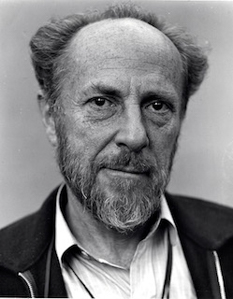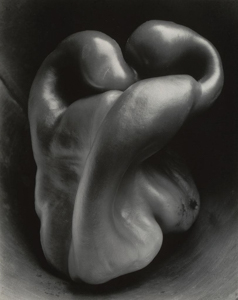EDWARD WESTON (1886, 1958)
American Photographer and Author


Horst was impressed how Weston, and other West Coast Photographers, incorporated the concepts of modern art into purely representational images. They worked successfully with abstraction, expressionism, surrealism and even Dada through absurd juxtapositions.
Of course, Weston is famous for photography, but he also was a prolific writer and diarist. His collected writings occupy over 75 feet of shelf space at the Center for Creative Photography. His “Daybooks” were first published in 1960 in two volumes totaling 500 pages. Few, if any, artists have chosen to record their personal and artistic development so consistently and eloquently. He recounted struggles to improve his art, thoughts about other artists and his philosophy of life and art, two sides of the same coin.
Horst read both volumes enthusiastically in the early 1970’s. One of Weston's contributions to photography was previsualization of the final print before exposure. Horst painted this way, previsualizing his paintings before making a mark. No sketches, and often no preliminary pencil on the canvas. A typical comment by Weston showing his keen understanding of the natural limitations to modern art:
No painter or sculptor can be wholly abstract. We cannot imagine forms not already existing in nature -we know nothing else.
-- Edward Weston, The Daybooks, 1932
This is Weston's version of Jung’s idea that the Collective Unconscious as the source of all art.
While abstract expressionists were trying to go beyond these natural limits, Weston was photographing random textures just as expressionistic as any of Pollock’s drip paintings. Yet, for Weston these were natural forms not transcendental modern ideas.
The photograph above is Pepper #30. In a surreal way, it transforms an ordinary pepper into a monumental archetype.
Compare to Horst's:
Ice Plant
Red Cabbage